Veterans of Reconnaissance Company K21, Regiment 10, Military Region 9 presented gifts to show gratitude to their comrades. Photo: TRAN HANG
“As long as you breathe, you live. As long as you have teammates, there is hope.”
They - the young men in their twenties, from all over the country marched into the fierce battlefields of the South from the days of Tet Mau Than 1968. Under the uniform of reconnaissance soldiers, they crossed the U Minh jungle, crossed the Hau River, they followed in the footsteps of their senior scouts to attack the sub-regions, took down a series of enemy posts, and expanded the liberated areas from Ca Mau, Bac Lieu, Soc Trang to Can Tho, Hau Giang, Kien Giang.
In the small room, memories were recalled like a slow-motion film. The voice of the narrator resounded when mentioning the battle at the end of 1973 - an unforgettable memory in the minds of the reconnaissance soldiers. It was a fierce raid on Nhat Tao post (Hau Giang) in November 1973, when the regiment sent a reconnaissance unit to coordinate with the 8th Special Forces Battalion. Blood and fire had forged sacred camaraderie. Mr. Nguyen Ba Son, a nurse at that time, choked up as he recalled: “When I came to bandage the wound of Tho, who was then the reconnaissance platoon leader, later the deputy company commander of the unit, his lungs were pierced by shrapnel, both thighs were also pierced, blood was all over his body. Yet he still held on to the gun tightly and did not let go.” Mr. Son stopped, his voice lowered, each word choked: "I am exhausted and cannot walk. I told you: "You just let me lie here, give me the gun to provide cover fire, you retreat immediately or we will both die now". Hearing that, I shouted: "You are so good! We are comrades who live and die together, I will never leave you on the battlefield!"
Memories flooded back, clear and haunting as if engraved in every fold of time. He continued, his eyes distant: “At that time, I crawled into the fence, pulled him out, and bandaged him amid the bombs and bullets. After that, I continued to crawl, and he grabbed my leg, both of us crawled and supported each other out of the siege. We didn’t think about the danger, we only knew that – as long as we were breathing, we were alive, as long as we had comrades, we still had hope.”
Hearing this, I fully understood the meaning of the two words “comrades” - not a slogan, nor anything big, but flesh and blood, daring to take death upon oneself to save the life of the person next to them. In the most dangerous moment, they still did not let go of each other’s hands - that was truly the most sacred thing between soldiers.
Call each other by eyes, by memories
The 50-year reunion became even more poignant when the veterans recalled the last battle – the attack on the headquarters of the 4th Military Region Command in Can Tho. It was the last days of April 1975, the Ho Chi Minh campaign entered the general offensive phase. The K21 reconnaissance company was reinforced, including comrade Tran Quang Tho, from the 8th Special Forces Battalion, who was transferred to be the Deputy Company Commander, in order to strengthen the company command to ensure enough forces to raid the inner city.
Soldiers of Reconnaissance Company K21, Regiment 10, Military Region 9 reunited after 50 years apart.
On April 16, the unit secretly "laid out" in the inner city, waiting for the opportunity to open fire. But according to orders, they had to retreat and wait for a signal from Saigon. It was not until April 26 that the Ho Chi Minh campaign officially began. The attacking forces opened fire simultaneously, hitting important targets: the 4th Region Command, Airport 31, Ninh Kieu District... The K21 reconnaissance company was now part of the 10th Regiment's combat formation, coordinating with friendly units of the special forces, infantry, artillery and local militia to create a multi-directional siege, tightening the enemy's siege in Can Tho's inner city.
For four days and nights, the reconnaissance soldiers held out amid fierce fire, confronting the elite forces of the 21st Division, the 9th Division, and the puppet Bao An troops. The enemy surrounded them, bombs and artillery rumbled. Food was running low, and our soldiers had to crawl into the garden to pick fruit to hold out. Sometimes they had to walk all day to find a squash or a jackfruit, and when they brought it back, they would share it among themselves under the acrid smell of bombs and bullets, no one ate first, no one had more. Their clothes were torn, no hats, no shoes, but they still fought to the end. A comrade recalled with emotion: “Back then, being starving, Viet - a B40 gunner, crawled into the garden, and a moment later brought out a banana leaf bag full of jackfruit balls. He divided them into pieces for his comrades, standing under the bunker, chewing slowly, his eyes never leaving the enemy's cautious crawling steps. The jackfruit balls in his mouth were bitter and sweet, like the smell of the soil, the smell of the forest, the smell of memories”... On the afternoon of April 30, when Saigon announced its surrender, the unit was still struggling, and only in the evening did they receive news of victory. From the dark bunker, their faces dirty, they jumped up, hugging each other happily: “Peace! We can go home! We're going back to school, comrades!”
That night, they continued to advance into Can Tho city, marching and sweeping away stubborn enemy clusters that resisted - the end of the march, closing the fierce journey of the K21 reconnaissance soldiers.
A moment of silence fell over the room when a veteran mentioned Trinh Ba Ngoc – the former company commander. All eyes were fixed, as if Ngoc’s call echoed from the Hau River. “He was an exemplary commander, always leading, always protecting his comrades” – a choked voice said. At that moment, the room was silent. Only the sound of the ocean waves echoed, like a call from the motherland, reminding his comrades to live on to forever be grateful to the fallen.
Speaking of those who could not return, there was also Mr. Tu - the company liaison, the small, agile soldier who had once been buried forever. During the meeting, when calling to connect with Mr. Xuan - the former deputy political commissar, who was living in An Giang, all eyes turned to the phone screen. His silver hair was filled with tears. Mr. Xuan's voice trembled: "Comrades... do you still remember me?" and then burst into tears. After many years of separation, just one call "comrades" was enough to erase all distances, all years.
Half a century - a reunion
Another memory is revived through the story: “That year, Hai was the youngest liaison soldier in the company. When he entered the battle, he was no different from a suicide commando: he was bare-chested, wearing only shorts, a grass camouflage hat and his whole body was painted black. He climbed over fences, crawled on the ground, removed mines, and opened a path for the unit to penetrate deep into the battle” – a soldier recounted. Hai, the young soldier back then, is now retired, former Chief of Staff of the Regiment, and has just been elected Head of the liaison committee for war veterans of K21. During the meeting, his voice dropped when talking about his comrades who had fallen in the U Minh forest, Ca Mau land, those who could never return. “Many of them were only 18 years old, and before they had time to get used to the sound of guns, they became martyrs. No one could cry for them at that time, because they had to hide their tears. Only when we meet again today do we realize that we lived thanks to that sacrifice.”
In the midst of the fiery Ho Chi Minh campaign at the end of April 1975, the reconnaissance soldiers of K21, Regiment 10 were assigned a special mission: Clearing the way, reconnaissance continued to stay and destroy the counterattack forces of the enemy's resistance nests, preparing for the general attack on Can Tho City - the nerve center of the Saigon puppet army's 4th tactical zone. They crept through every creek, every clump of trees, following the Vong Cung road system - where the enemy concentrated heavily on armor, infantry, artillery, aircraft, warships and the most modern firepower, the elite forces of the puppet 21st Division, 9th Division and the Security Forces. This was the place considered the "steel door" that protected the Southwest region.
Many of them were only 18 years old, and before they knew the sound of guns, they became martyrs. No one could cry for them at that time, because they had to hide their tears. Only when we meet again today do we realize that we lived thanks to that sacrifice.
In the harsh conditions of the dry season in the South, lacking water, the scouts still steadfastly held their ground. Their clothes were tattered, they had no shoes, their hats were covered in mud, but they still overcame it with their will. At times, artillery shells blew away all the food they brought with them, so to sustain themselves during the fighting days, they had to search through people’s gardens to pick fruit to eat raw to maintain their fighting strength. Many were seriously injured but continued to hold out and sneak into enemy resistance nests. Each sweep was a test of survival – not only for the body, but also for the courage of the soldiers.
Being the spearhead of the reconnaissance force, it not only advised the commander to lead the troops into the inner city but also directly fought and destroyed stubborn and resistant nests and was the spearhead of the regiment. Thanks to its bravery and sharing the fire with Saigon, the Can Tho battlefield was finally opened wide, and the Can Tho airport (airport 31) was captured, the headquarters of the 4th tactical zone, amidst the cheers of thousands of people, mixed with the smiles of victory.
Out of gratitude and responsibility for preserving memories, Mr. Do Binh Yen - who used to work as a clerk and is now retired from the Vietnam Atomic Energy Institute - still keeps handwritten documents from 1976. It is those yellowed pages that are the link that helps today's meeting become a reality. "For 50 years I have been looking for my comrades. I am afraid that one day there will be no one left to recognize each other. But it is wonderful to still be able to hug each other, call each other by their real names in everyday life. They do not ask to be recorded in history books, do not expect honor, do not want to be remembered. The only thing they need is just a handshake, a look of recognition after all these years. The silent heroes in everyday life," he choked up. Of the list of hundreds of K21 soldiers in the past, now only half are still in contact. Some are alive, some have passed away, some are alone at the end of their lives... but within them still burns the flame of sacred memories.
The group photo taken at that meeting had enough smiles and hugs, but it was still a missing photo. Missing because of those who had forever remained in the U Minh forest, Ca Mau land. Missing because of the nameless memories. But that very missing part made the photo more sacred – as a testament to camaraderie, to a glorious youth that will never be forgotten.
50 years – not just a milestone. It is a journey back to memories, to oneself. And amidst the murmuring waves of Sam Son beach, the story of the K21 scouts still resonates like a silent but immortal epic.
Notes by Tran Hang
Source: https://baothanhhoa.vn/tinh-dong-doi-sau-nua-the-ky-nbsp-khuc-trang-ca-lang-le-ma-thieng-lieng-246483.htm


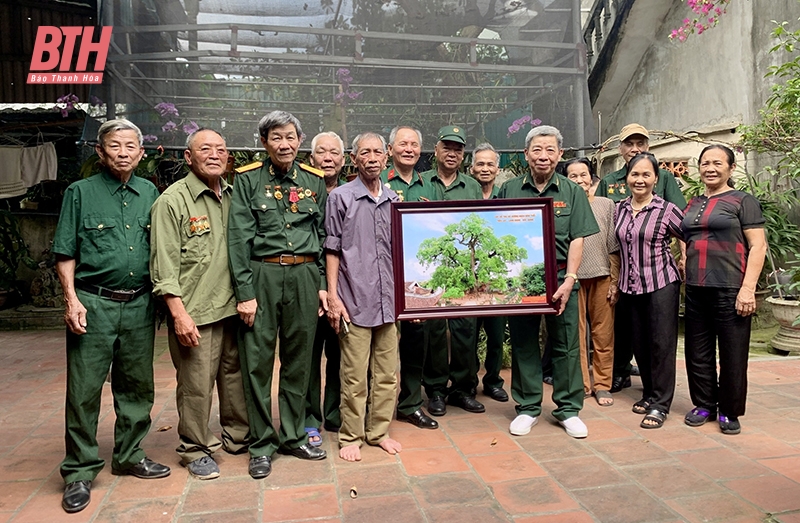
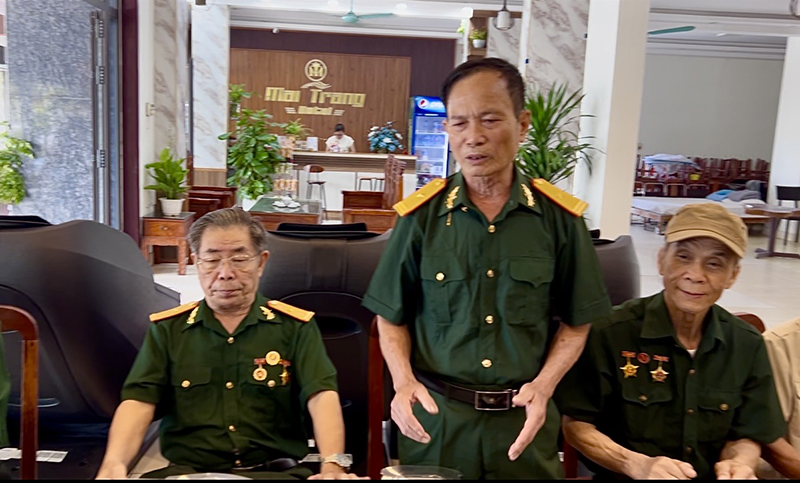
![[Photo] Discover the beautiful scenery of Wulingyuan in Zhangjiajie, China](https://vphoto.vietnam.vn/thumb/1200x675/vietnam/resource/IMAGE/2025/5/11/1207318fb0b0467fb0f5ea4869da5517)
![[Photo] The moment Harry Kane lifted the Bundesliga trophy for the first time](https://vphoto.vietnam.vn/thumb/1200x675/vietnam/resource/IMAGE/2025/5/11/68e4a433c079457b9e84dd4b9fa694fe)
![[Photo] Prime Minister Pham Minh Chinh chairs the fourth meeting of the Steering Committee for Eliminating Temporary and Dilapidated Houses](https://vphoto.vietnam.vn/thumb/1200x675/vietnam/resource/IMAGE/2025/5/11/e64c18fd03984747ba213053c9bf5c5a)
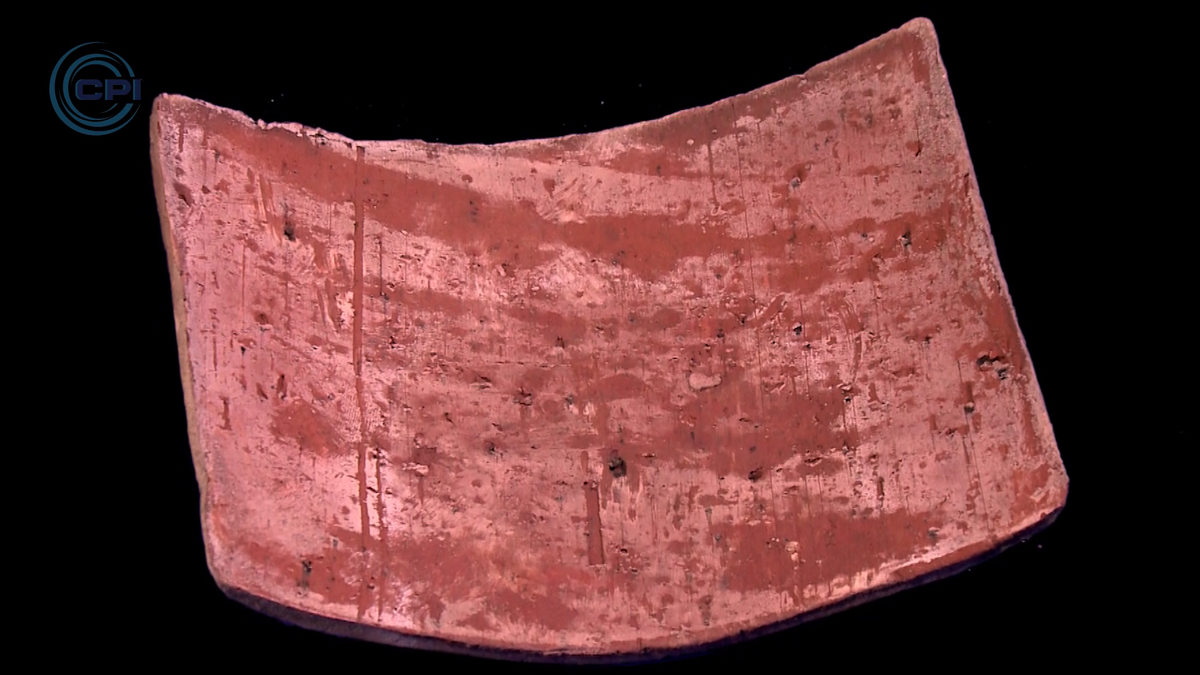
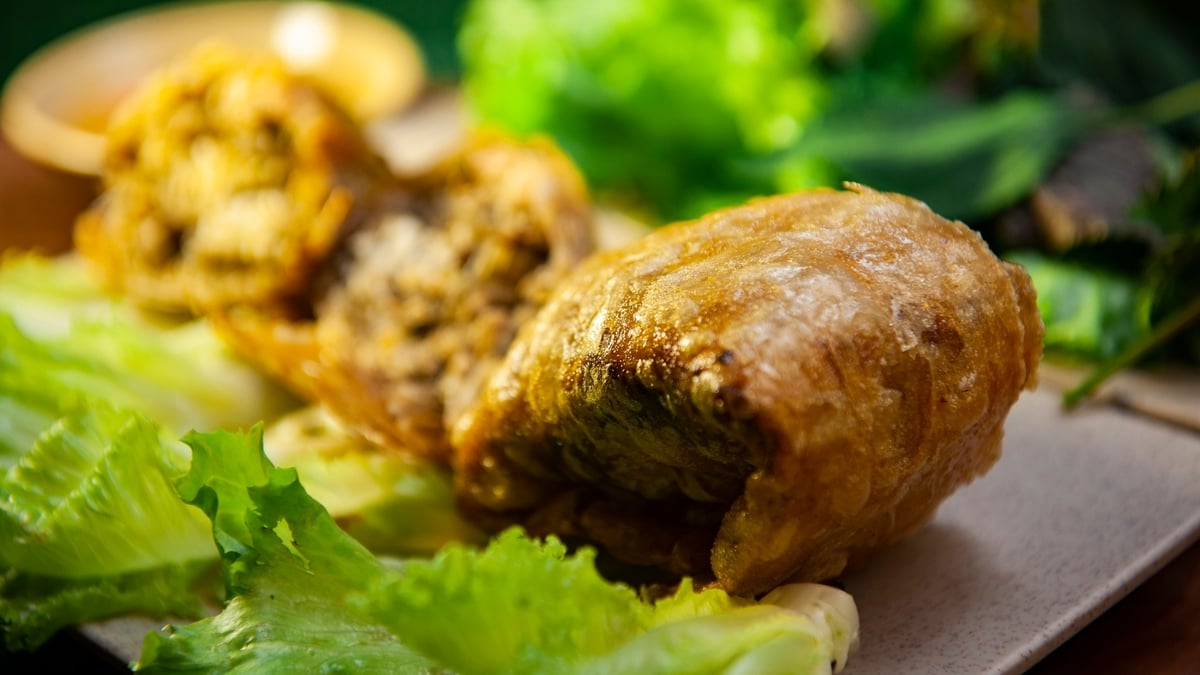
![[Photo] National Assembly Chairman works with leaders of Can Tho city, Hau Giang and Soc Trang provinces](https://vphoto.vietnam.vn/thumb/1200x675/vietnam/resource/IMAGE/2025/5/11/c40b0aead4bd43c8ba1f48d2de40720e)
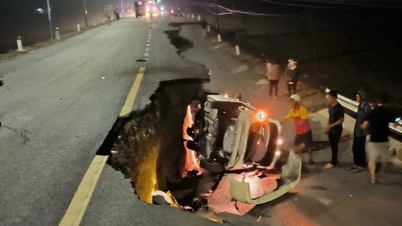

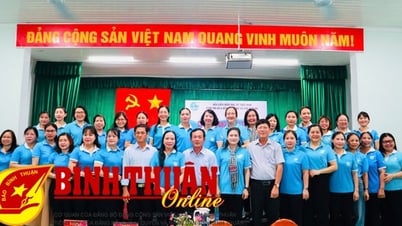








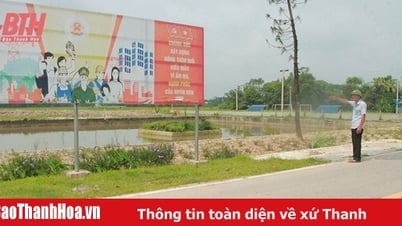

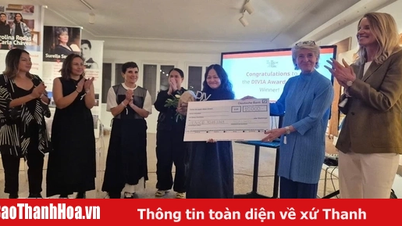
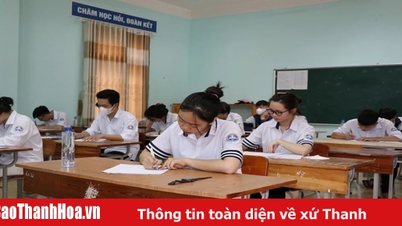
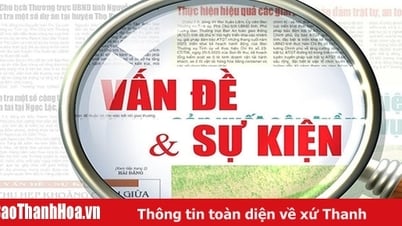
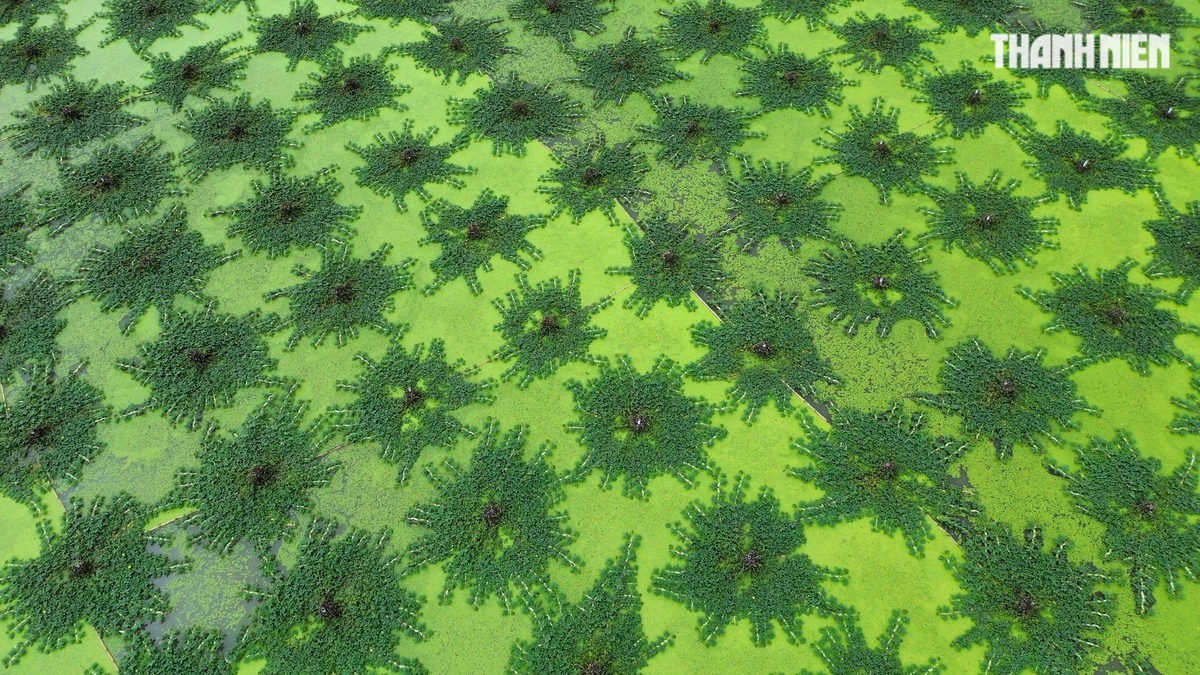

































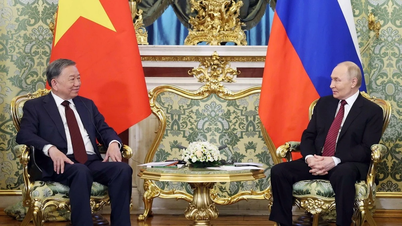
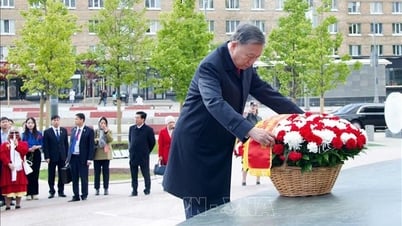

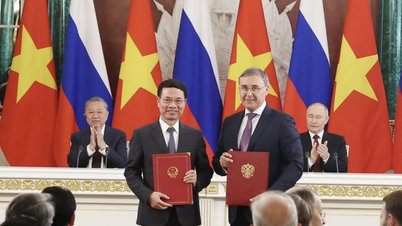
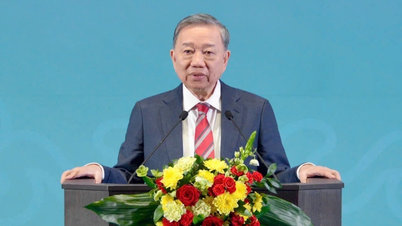










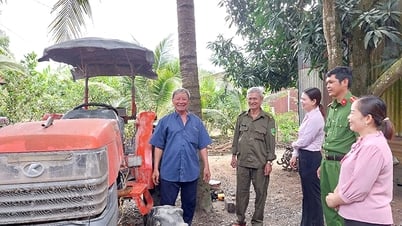
















Comment (0)